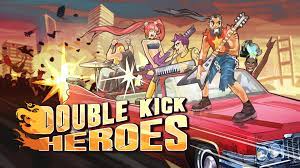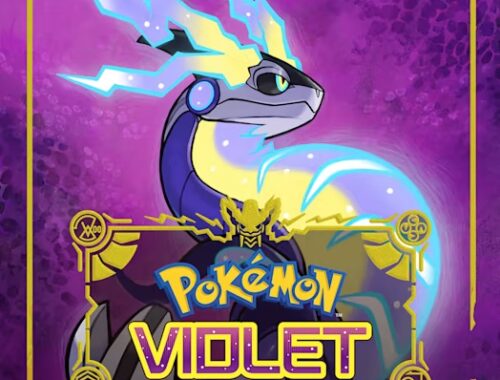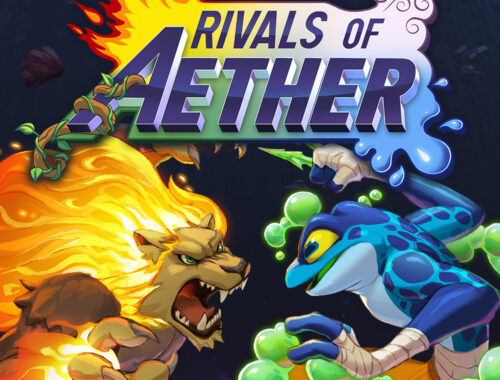Street Fighter 6 Closed Beta #2 Impressions
Fast Facts
Street Fighter 6 Closed Beta
Developer: Capcom
Publisher: Capcom
Website: Street Fighter 6
Genre(s): Fighting
Platform: PlayStation 4, PlayStation 5, Windows, Xbox Series S/X
Age Rating: PEGI 12
Release Date: 2023
Price: £59.99
A beta code was applied for via the Capcom ID registration period
Introduction – Technical Stages
Street Fighter, the jewel in Capcom’s fighting game crown, is making its return in a new entry due for release June 2023. However this time around, rather than just a release for PC and PlayStation, the Xbox family of consoles will be able to experience a new numbered game in the series since Ultra Street Fighter 4 was released for Xbox 360 and PS3 in 2014.
In the lead up to the launch of the game, much like they have done with Street Fighter 5 before its launch, Capcom have been conducting a series of Network Beta tests, the first was in October. Over the past weekend (16th until 19th December), the game was opened up again to those lucky enough to gain a closed beta code. I was one of the lucky ones to get given the opportunity to play the game. So read ahead for my first impressions on Street Fighter 6.
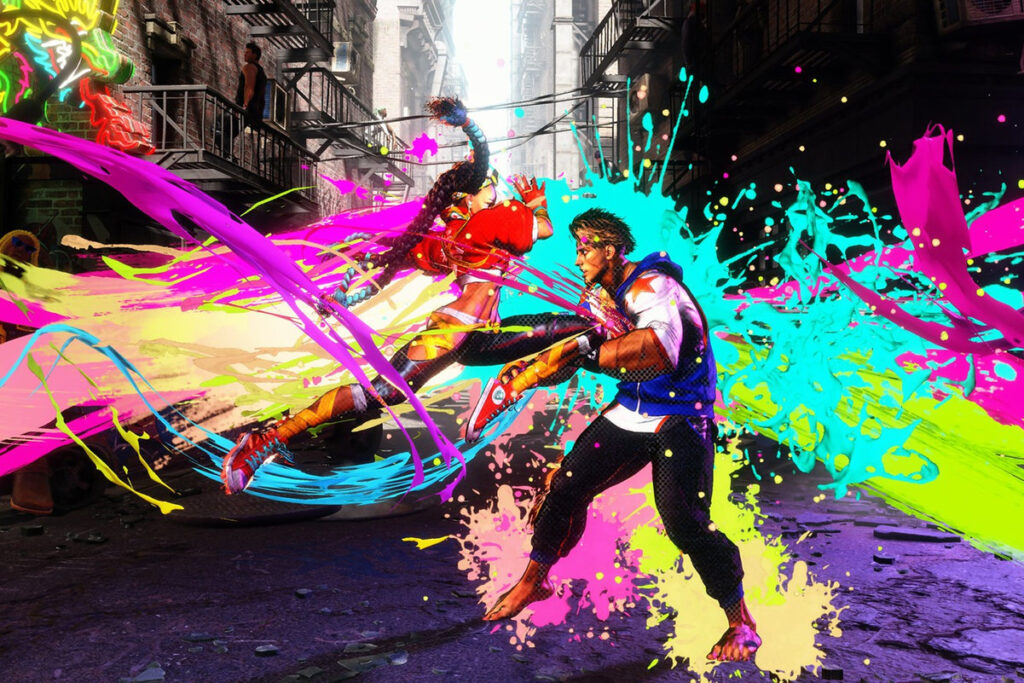
Presentation
Straight off the bat, the visuals in Street Fighter 6 are incredibly striking. The character models, menu screens and a lot of the visual flair is taking a lot of inspiration from street art, specifically graffiti. The contrast of colours in the games logo and open screen are very different to the somewhat duller and more muted colour palette of Street Fighter 5.
This time, Capcom have decided to use their own engine, the R.E Engine (Reach for the Moon). This has been used for the vast majority of recent Capcom titles, such as Resident Evil Village and Monster Hunter Rise. Whilst it hasn’t been used before with a fighting game, it shows how robust the engine is, feeling like it can be moulded to whatever the teams at Capcom want to utilise it for. This is in stark contrast to something like EA’s own engine Frostbite, which has had numerous troubles being able to adapt to games that aren’t shooters. It truly is a testament to how good the R.E Engine is, in terms of visual quality and performance.
Performance
Before starting the beta, I had prepared myself mentally that there would be issues with the game, and rightly so as it’s technically not yet finished. However, I wasn’t prepared for how flawlessly this game is playing. There are a variety of options available in terms of performance. For the purposes of the beta, I opted to play the game on a PlayStation 5, and had chosen to play this in Fidelity Mode, which offers 4K graphics and a solid and constant 60 Frames Per Second (FPS), which is the usual standard for any fighting game.
It truly was astonishing to see that the game not only looked outstanding in terms of its visual fidelity, but to stay at 60FPS, considering the plethora of visuals in the background. I feel that Capcom have learnt a lot of lessons from the past 6 years of Street Fighter 5, and with Street Fighter 6, they are setting their flag down early as being a really beautiful looking game that also plays flawlessly.
Netcode
After spending the last 6 years contending with Street Fighter 5’s incredibly tedious and somewhat temperamental Netcode, it was incredibly refreshing to see that Capcom have decided to make some serious changes to the Netcode for Street Fighter 6.
Whilst they had made various changes to the Netcode over the years, including adding a rollback option (it didn’t necessarily work half the time), Capcom have gone back to the drawing board. Whilst not using the open source GGPO Netcode, which has been implemented in other older Capcom titles such as Street Fighter 3 Online Edition, they have created their own rollback Netcode similar to GGPO, which works incredibly well during the beta.
The additions they have made, such as displaying the ping and number of delayed frames at the top of the screen during matches is a very welcome change, as it can help you adapt to those connections that may not be the most playable. However, it is during moments of bad connections where the Netcode shines. In Street Fighter 5, if a connection was bad, it was next to unplayable, basically becoming a slideshow and incredibly frustrating to play. Whilst this can happen when you match against someone who’s connection is incredibly unstable, it is the games that have a 2>4 bar connection that show the most improvement from its predecessor. These games felt nice to play despite adding a few extra frames of input delay to make the connection more stable. I had far more of a positive experience playing this than I did in the vast majority of time with Street Fighter 5.
Stages and Characters
In the first part, I covered the technical aspects of the Beta including the Netcode, graphics and performance. In this one, I will be covering the stages available, and the character roster, as well as a breakdown of the characters I used the most.
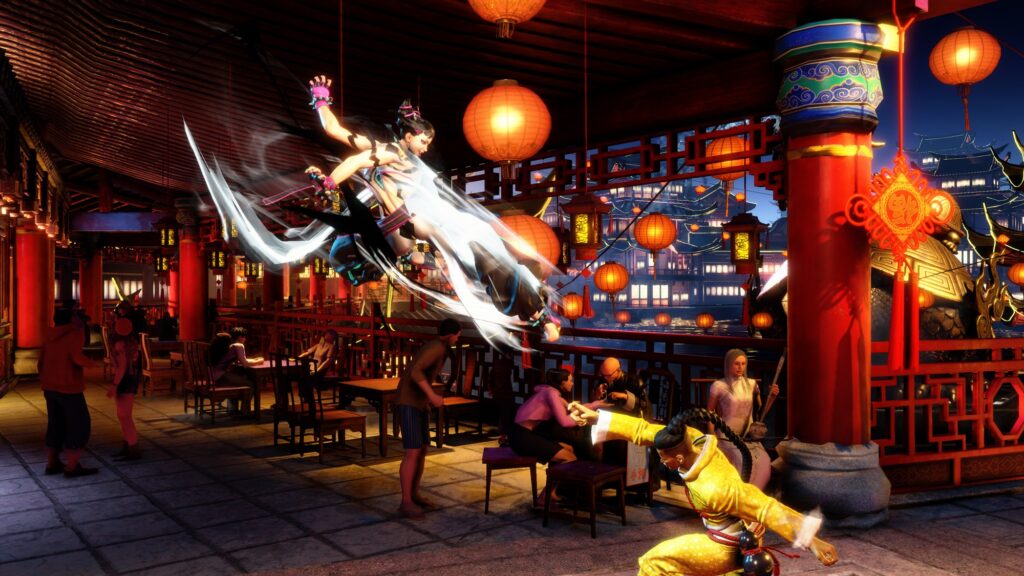
One of the loudest criticisms I heard from most of the community surrounding Street Fighter 5’s launch back in 2016 was its lack of content, including a handful of stages and a starting roster of 16 fighters. Whilst the final number of characters did increase eventually to 40 characters, and 34 stages by the time content was stopped in 2022, this came at a (literal) cost to the game and the players.
During the beta, we had 6 stages available to choose from: Metro City Downtown, Genbu Temple, Carrier Byron Taylor, Tian Hong Yuan, The Macho Ring and the Training Ring. I won’t have too much to say about the Training Ring, as it is the typical training stage you would get on a fighting game: a white background and floor, with lines and markings on the floors and walls to be able to use as markers during training to know the extent and range of any normal or special attacks. This is a useful stage in training and comes in handy at times when playing an opponent with a bad connection.
The other stages however, are set in the same standard as most stages within a Street Fighter game, essentially 2.5D, with all the fighting happening on the 2D plane, with busy and detailed backgrounds. Each stage feels distinctly unique. Stages like Metro City Downtown being set in a downtrodden part of the city, where criminals surround you to watch the fight in a back alley, equal parts poorly lit by street lamps and incredible contrast with the 4K graphics. Really showing the potential of a fully polished stage with ray-tracing enabled. The Macho Ring can be likened to Street Fighter 5’s Ring of Power, where it is designed as an MMA Octagon with a large crown in the background, with some being iconic and classic Street Fighter characters.
All the stages on offer felt distinctly unique, and helped to expand some of the lore within the Street Fighter universe. Genbu Temple feels like an updated version of the classic Street Fighter 2 stage Suzaku Castle. It’s clear that a lot of time and effort was taken to create the stages, and the lighting and graphics on display here shows why they chose to use the R.E Engine.
Characters
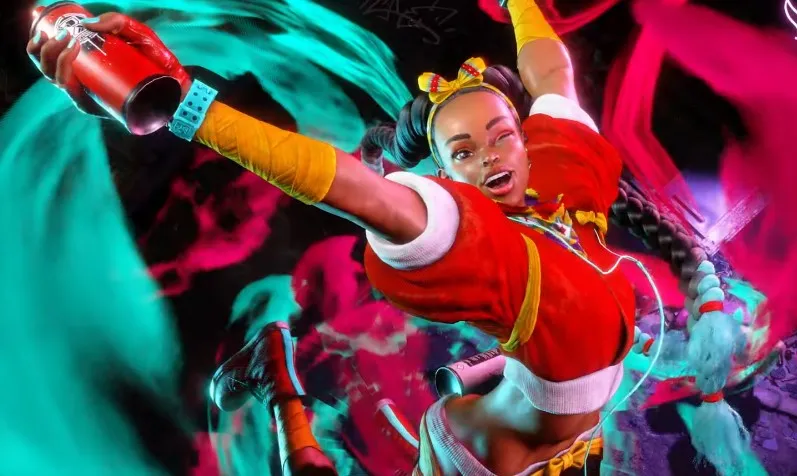
The beta had 8 characters available to use: Ryu, Ken, Chun Li, Juri, Guile are the returning characters, with Luke, Jamie and Kimberly rounding out the cast as the new fighters. Whilst I saw enough people playing each of these characters, I only spent a small amount of time with one of the returning characters and that is the series poster boy, Ryu.
As I had played Ryu in previous games, I figured that there wouldn’t be much that had changed in his playstyle. Whilst he feels very familiar to how he was in Street Fighter 5, they have made him somewhat different by giving him 2 new special moves; The Denjin Charge and Hashogeki. The former is a power up based move, when inputting Down Down and any punch button, it will power up your next Hadouken or Hashogeki, leading to more damage. Some combo setups or extensions also depend on where you are on the screen. The Hashogeki is a new fireball that has an area of effect at the end of Ryu’s hands which is mainly used as a high damage combo ender. These new moves make Ryu feel very different to how he has been for many years, but with enough familiarity that most people who haven’t played a Street Fighter game in years will still be able to play Ryu and perform well enough.
The majority of my time was spent with one of the new characters introduced, Kimberly. She is a student of the Bushinryu ninja and former cast member Guy. His love of classic hip hop and graffiti are incorporated into her move list, along with classic staples of the Bushinryu staple.
In terms of her gameplay, she uses some of Guy’s special moves, and a few of her own unique moves. Kimberly has a command run, which can be followed up in various ways. One version is a spinning heel kick, the other, a variation of Guy’s shoulder tackle. Kimberly starts each round with 2 Spray Cans available and they have given her a special move to throw one or both out into an exploding projectile attack, with the same input being used to restock these spray cans.
Her Level 3 Super Attack is the most unique aspect of her move set, to that of the majority of the cast. This attack has a run start-up and deals great damage, but what happens after the attack lands is what makes it unique. During the animation, Kimberly puts on her portable tape player that changes the stage music, and gives her a speed and damage boost until the end of the match.
Whilst I really enjoyed my time with Kimberly, and can see myself playing her when the game comes out, I fear that her short range normal attacks and somewhat high execution will put most casual players off, and result in her possibly being in the mid tier of playable characters.
Conclusion
In terms of the beta experience, Street Fighter 6’s beta is an incredibly well optimised, high polished test for a game that is still 6 months away from release. Whilst I was already excited about the game, playing the beta has only cemented that this will be a day one purchase for me, and should be for the vast majority of Street Fighter fans.
Street Fighter 6’s beta was a truly incredible experience, completely exceeding my expectations in terms of design, combat, graphics and engine. However, it is the re-designs of the classic characters, and the move sets of the new fighters that is going to keep me glued to any new trailer that reveals the roster between now and the game’s full release.

You can find and read our reviews on OpenCritic.



